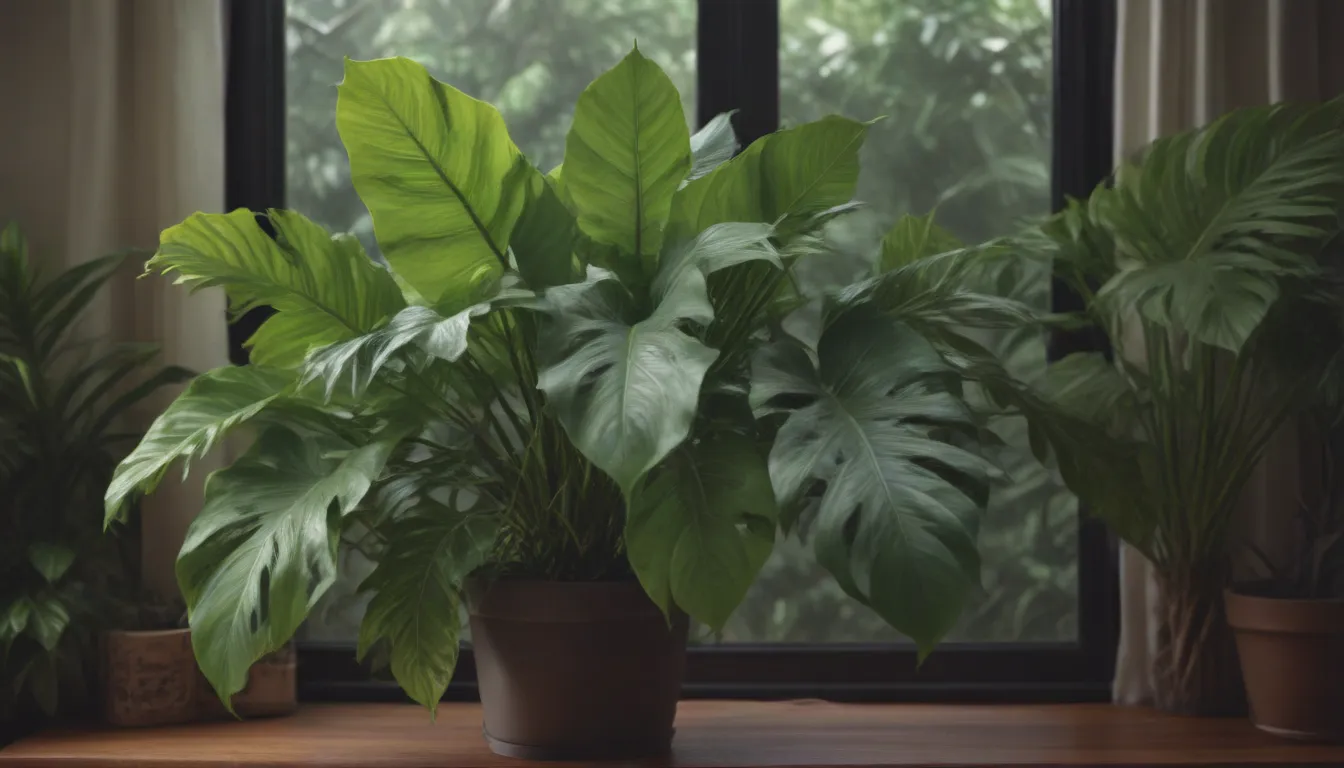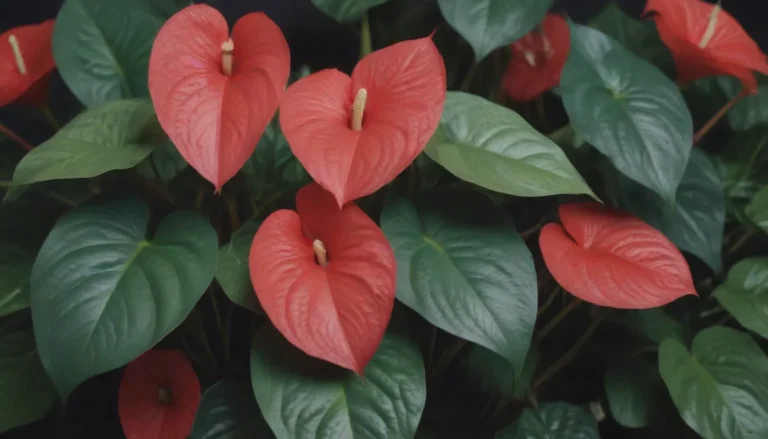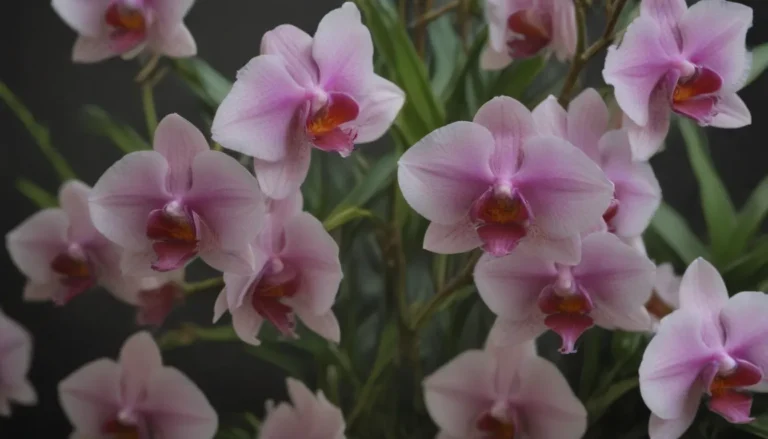Everything You Need to Know About Growing and Caring for Philodendron Shangri-La

If you’re looking to add a touch of lush greenery to your indoor space, the philodendron Shangri-La is a fantastic choice. With its bushy, shrub-like appearance and large, deeply lobed leaves, this plant is sure to make a statement in any room. In this comprehensive guide, we will discuss everything you need to know about growing and caring for the philodendron Shangri-La to ensure it thrives in your home.
Introducing the Philodendron Shangri-La
The philodendron Shangri-La, scientifically known as Thamatophyllum bippinatifidum ‘Shangri-La’, is a unique variety of philodendron that stands out from other types. It grows to a compact size of 3 feet tall and 3 to 4 feet wide, making it perfect for indoor spaces. Unlike climbing or vining philodendron varieties, the Shangri-La grows in a clump from its base, a characteristic known as ‘self-heading’. However, like all plants in the philodendron genus, it’s essential to note that the Shangri-La is toxic to both pets and humans if ingested.
Philodendron Shangri-La Care Tips
Growing and caring for the philodendron Shangri-La is relatively low-maintenance, making it an excellent choice for both beginners and experienced plant enthusiasts. Here are some essential care tips to help your Shangri-La thrive:
- Light: Provide bright to medium indirect light for your philodendron Shangri-La. While it can tolerate low light conditions, optimal growth occurs in brighter light settings. During warmer months, avoid direct sunlight to prevent sunburn on the leaves.
- Soil: Use a loose, chunky potting mix for your plant. A mixture of indoor potting soil, perlite, and orchid bark will provide a rich, well-draining medium that your Shangri-La will love.
- Water: Allow the top half of the soil to dry between waterings and ensure proper drainage to prevent root rot. Water thoroughly, allowing excess water to drain out of the pot.
- Temperature and Humidity: Maintain temperatures between 60 to 75 degrees Fahrenheit with average to high humidity levels. Consider placing a small humidifier near your plant or positioning it in a naturally humid room.
- Fertilizer: Apply a balanced fertilizer diluted to half-strength during the spring and summer months to support new growth. Stop fertilizing once autumn temperatures begin to drop.
Propagating and Repotting Your Philodendron Shangri-La
Propagating the philodendron Shangri-La can be done through division, especially with a mature, healthy plant that has offshoots. Alternatively, stem cuttings can be taken, but it may be more challenging due to the plant’s growth habit. When it comes to repotting, do so every one to two years or when roots outgrow the container. Use a pot that is two to four inches larger than the previous one and refresh the soil without damaging the roots.
Dealing with Pests and Diseases
Like all plants, philodendron Shangri-La is susceptible to a few common pests and diseases. Regularly check your plant for signs of spider mites, fungus gnats, thrips, and mealybugs. Additionally, watch out for fungal leaf spot diseases, which can manifest as small black or rust-colored spots on leaves. Treat any infestations promptly with appropriate measures to prevent further spread.
Common Problems and Solutions
While the philodendron Shangri-La is generally low-maintenance, some common problems may arise when growing it indoors. Here are a few tips for addressing common issues:
- Yellow Leaves: Adjust watering and lighting conditions if leaves are turning yellow. Older leaves naturally yellow and drop off, but new growth losing green color may indicate an issue with care routines.
- Brown Spots: Small brown spots on multiple leaves may indicate a fungal infection, while larger, crispy spots could be caused by sunburn or low humidity. Adjust the plant’s placement to avoid direct sunlight and dry air.
In conclusion, the philodendron Shangri-La is a beautiful and relatively easy plant to care for, bringing a touch of the tropics into your home. With the right care and attention to its needs, your Shangri-La will thrive and beautify your indoor space for years to come. Remember to enjoy the process of nurturing and watching your plant grow, as each new leaf and offshoot is a testament to your care and dedication to its well-being.





